How Much Milk Does a Jersey Cow Produce?
Have you ever wondered how much milk a mid-size Jersey cow produces? Keep reading to learn how much our dairy cow produced after her first and second calf were born. Also learn how long it took our dairy cow to pay for herself from her milk production. Spoiler alert: not as long as you’d think!

This post may contain affiliate links, which means I make a small commission at no cost to you. Click here for my full disclosure.
Have you ever thought about getting a dairy cow for your homestead but haven’t taken the plunge yet? I want to encourage you to take the leap.
Once you (and your cow) get the hang of milking, you’ll never regret being self-sufficient for your beef and dairy products. It’s such a blessing!
Cautions:
I don’t want to be an alarmist but if you plan on drinking raw milk, you must make sure that the cow is not diseased. You can have a simple test done before you purchase your dairy cow. That’s what we did.
You also need to milk her in such a way as to not introduce bad bacteria into the milk. Check out the related posts at the bottom if you’re interested in how we milk our dairy cow.
Cleanliness is everything when it comes to handling dairy. It’s also important to raise the cow in the right way. Our dairy cow is on green pasture all the time so she stays pretty clean and well-nourished.
Now then. You’ve determined that your dairy cow is healthy and that her milk is safe to drink. Let’s talk about why it’s better for you than pasteurized milk from a grocery store.
Why is raw milk good for you?
If your body tolerates milk and you don’t have any dairy sensitivities, there are numerous studies showing that all the beneficial enzymes, nutrients, and good bacteria in fresh, raw milk have a wonderful effect on the body.
The Weston A. Price Foundation is a great source of information. Read Milk as Medicine and browse their website if you’re interested in taking a deep dive.
Raw milk is a living food. The enzymes found in raw milk include lipase, lactase, and phosphatase. Click here and here if you would like to learn more about these beneficial enzymes.
The NIH has an article of its study on the Wulzen anti-stiffness factor here. They wouldn’t go so far as to imply that lacking this vitamin caused human calcinosis (when calcium salts are deposited in the skin/tissues) and collagen necrosis in and around the blood vessels of the intestines and kidneys but it is “very probable” in their words (page 102).
And where can you get this vitamin? From raw cream (butter, cream, sour cream), green vegetables, unheated molasses, and raw sugar cane juice.
The study also tested the effects of the anti-stiffness factor on patients with scleroderma (chronic disease where normal tissue is replaced with thick and hard tissue). One of the patients was given 250 ml. of raw cream daily for 6 months and it appeared that the swelling had gone down in her hands.
Her treatment then changed to an anti-stiffness concentrate. Her hands showed “striking improvement” after just 8 weeks with continued healing after that (page 105)!
The NIH concluded that rhematologists should pay attention to nutritional deficiencies as possible causes for some of the collagen diseases with calcinosis. How interesting!
Raw milk from pasture-raised animals is also high in nutrients like vitamin A, all the B vitamins, and vitamins C, D, E, and K2. It’s also high in minerals like calcium, phosphorus, and zinc as well as other essential trace nutrients. Click here if you would like to learn more about these nutrients.
Pasteurization kills beneficial enzymes and some nutrients. Vitamin D from lanolin (from oily wool of sheep) is added back to the milk after pasteurization but the health benefits just aren’t the same in my opinion.
How much milk does a mid-size Jersey cow produce?

I kept meticulous records when we started milking Belle after her first calf was born. I wanted to find out exactly when she paid for herself from the milk that she produced at current market value.
Important Facts:
Belle is a mid-size Jersey cow, which means she is 45″ to 48″ from the ground to the point of her hip (according to the AMJA). Generally, larger cows will produce more milk and smaller cows will produce less milk. Also, different breeds of cows will produce different volumes of milk.
Jersey cows are known for having the high butterfat content and for being docile. That makes them great for homesteaders.
We milk-share (also known as calf-share) with Belle’s calf. That means her calf has all the milk it wants during the day when it’s with her in the pasture but we lock it up in our barn stall during the night so it can’t nurse from her. Then we milk Belle in the morning and reunite her with her calf.
How much milk does a mid-size Jersey cow produce with her first calf?
Belle was a bred heifer when we bought her. That means she had never had a calf before but was pregnant. We milked her during the first 3 days in order to save her colostrum.
- Days 1-3 postpartum: We got 1 quart of colostrum each day.
We started milking Belle 16 days after she had her first calf and then we separated them at night when we wanted to milk the next morning. Here’s the log of her milk production:
- First week milking: We got 1 half-gallon of milk each day we milked and it took us 1 hour to milk her since it was our first time milking.
- Second week milking: We got 1 half-gallon each day but it only took us an average of 30 minutes to milk her.
- Third and fourth week milking: We got 1 half-gallon plus 1 pint of milk each day and we cut our milking time down to 24 minutes.
- Fifth and sixth week milking: We got roughly 1 half-gallon plus 1 quart each day we milked.
- Seventh week milking: We got about 1 gallon plus 1 pint each day.
- Eighth week milking: We got 1 gallon plus 1 quart each day.
- Ninth week on: We got 1 gallon plus 1 half-gallon each day.
How long did it take Belle to pay for herself?
Belle paid for herself after only 5 months just with her milk! We didn’t milk her every day but usually took 1 to 2 days off each week.
In my area in central Alabama, I was paying $9.50 per half-gallon of raw milk to a local farm. It cost us $2,800 to buy Belle and have her owner drive her to us from Ohio.
If you do the math just for milk production (not including her calf that will be beef for us) that comes out to 147 gallons of raw milk. Belle met that record after 5 months and then continued producing milk for us the next 4 months until we dried her off in preparation for her second calf.
How much milk does a mid-size Jersey cow produce with her second calf?
There’s a BIG difference in milk production when a cow has already calved. Her udder and mammary glands never shrink down all the way so she starts off giving a lot more colostrum and milk as soon as her calf is born.
- Day 1 postpartum: We got 1 gallon of colostrum.
- Day 2 postpartum: We got 1 gallon plus a half-gallon of colostrum.
Because she was producing so much colostrum and her calf wasn’t drinking it all, we continued milking her but gave the colostrum to the farm animals. Her mature milk came in around 2 weeks after calving.
From the first week we started milking Belle, she has consistently given between one and a half gallons and two gallons of milk each day we milk her. That’s a great return for a mid-size Jersey cow!
We can safely assume that she produces between three and four gallons of milk each day.
So if you’re hesitating to get your own dairy cow, I hope this post helps you make your decision. You’ll never regret being self-sufficient for your beef and dairy needs!
If you’d like to learn how to milk a cow by hand if you’ve never milked one before, I wrote an in-depth tutorial on that, also!
Other Posts You May Enjoy:
The Secret to Raising Livestock for Cheap!
Pin It For Later!


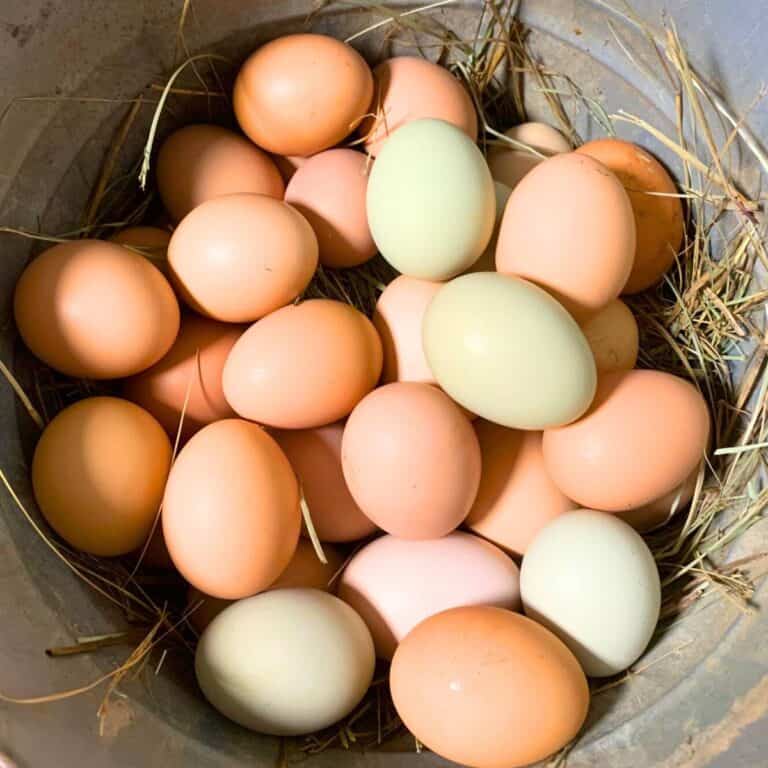
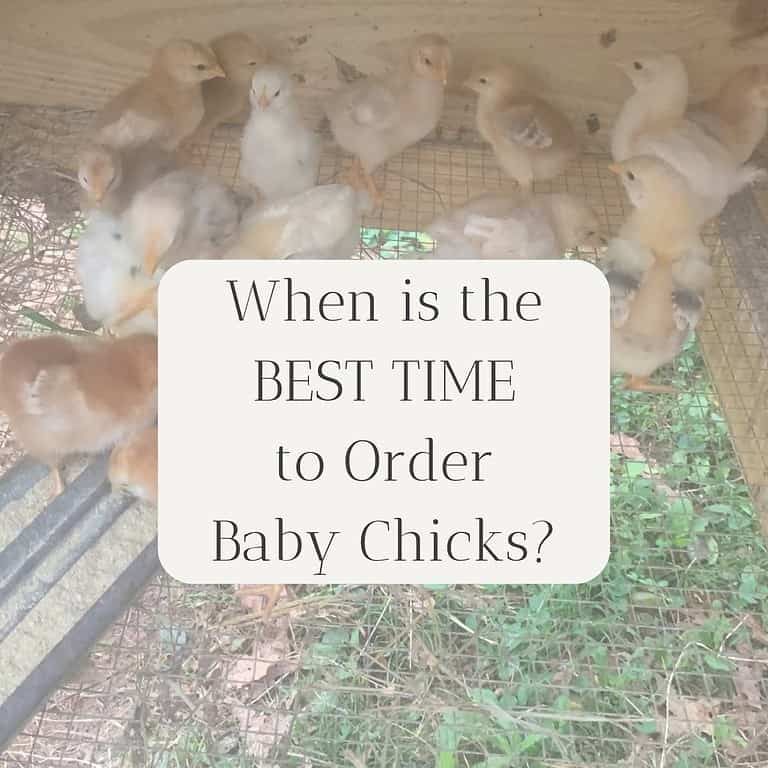
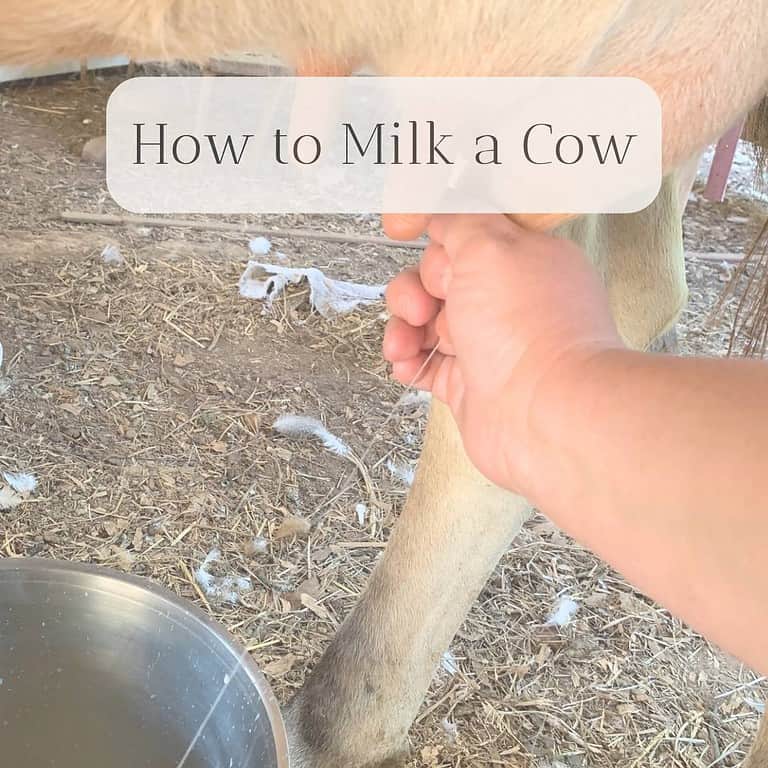
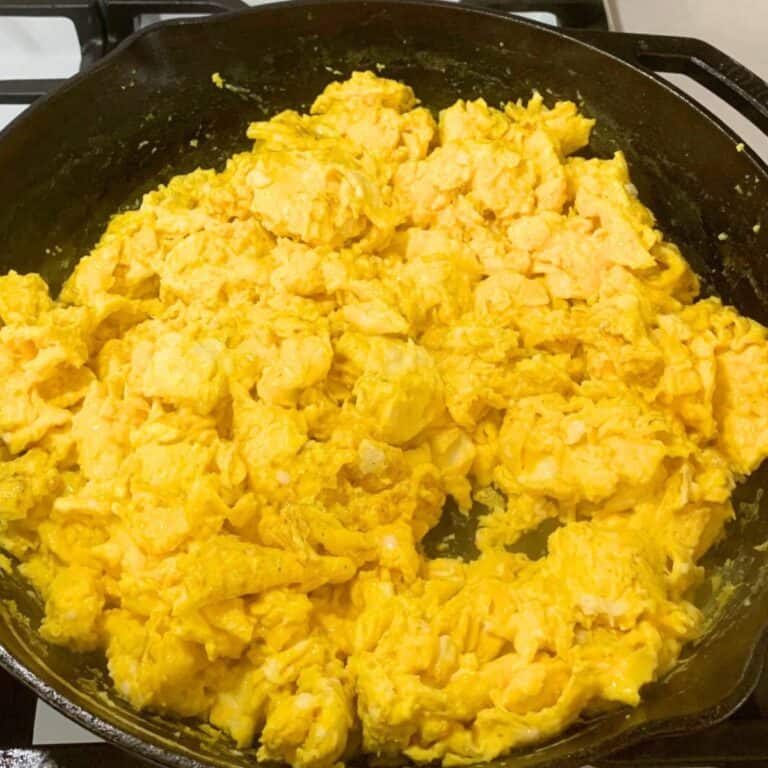
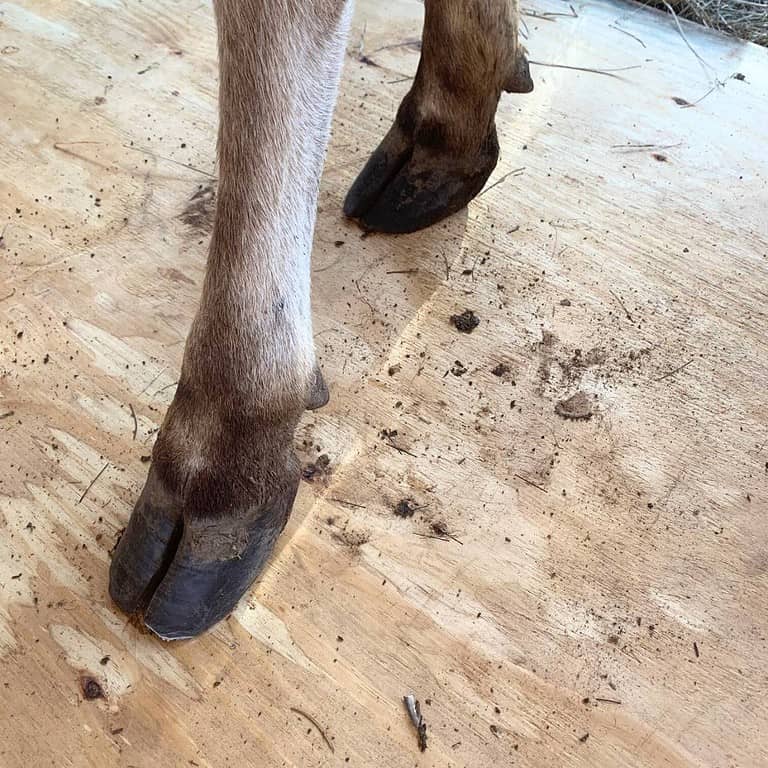
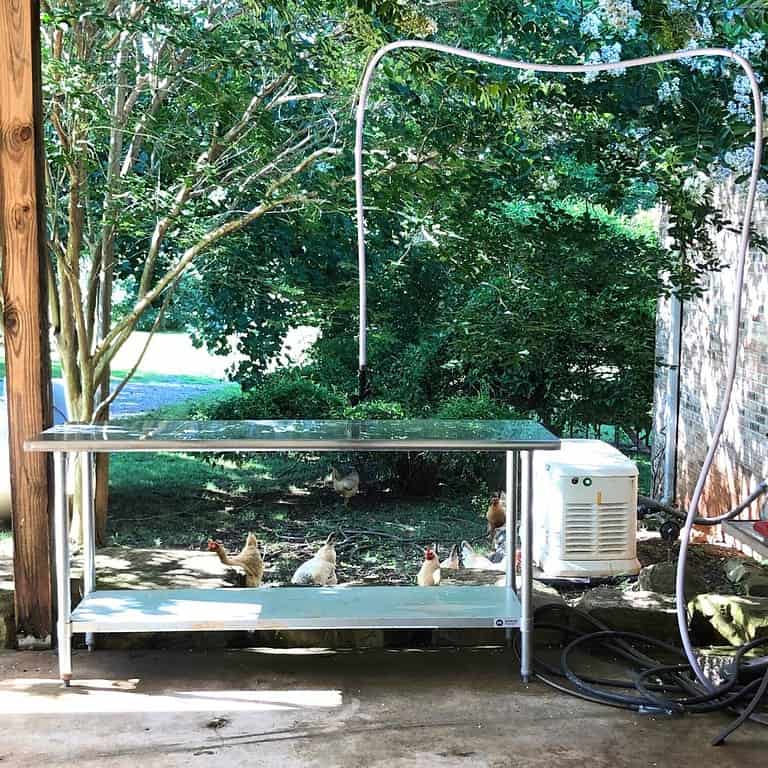
Great information, thank you for sharing 🙂
This information was so helpful. You laid it all out in an easy to read way. It is really amazing how quickly your purchase of Belle paid for itself!
I’m glad you found this post helpful! We were shocked that it only took 5 months. And that’s a conservative figure since we made all sorts of raw milk cheese and raw cream butter that’s much more valuable than the milk itself.
Thank you so much for sharing! So informative!!!
You’re very welcome!
Wow how interesting! We have been contemplating between getting a dairy cow or sheep! Was cool to see how much she produced throughout the weeks and how long it took her to pay for herself! Thank you for the information! 🙂
You’re welcome, and I’m glad you found this information helpful! Yes, I was shocked at how quickly she paid for herself!!
As we hope to have a cow in the next few years, it’s good to start learning all the ins and outs before we start. I’m glad to understand more indepth about this breed to make sure we’re educated when the time comes
I’m glad this information was helpful to you! You’ll never regret being self-sufficient with all your beef and dairy needs.
I’ve been searching for an article like this for a long time: The actual notes and stats about milking a cow from day one. I’ve been looking to buy a milk cow for a few months and haven’t found one near me but hopefully any day! This was really helpful. Thank you for being honest and sharing it with us.
I’m glad this helped you and good luck on your search!
This gets me excited! I took a few baby steps and got a dairy goat, but the hope is to get a dairy cow in the future, as I gain more confidence!
Way to go! Taking the first step is always the hardest, but you can do this!
Great post! I never realized that cows could produce so much milk!
Thanks! Absolutely!!
I was told by many people it is a morning and night milking every day. You mentioned you do not do that. Can you explain your schedule and how I can get around twice a day everyday?
Thanks.
Sure! A morning + night milking is only true for full-size dairy cows that produce a massive amount of milk…like at least 6 gallons of milk per day…and the calf never nurses from her. That’s when it’s important to milk both morning and night so that the cow doesn’t develop mastitis or get engorged. Our dairy cow is a mid-size Jersey cow and she produces around 4 gallons of milk per day AND we calf-share. Calf-sharing is by far the best option for getting raw milk along with the flexibility for days off and vacations. Calf-sharing means that we separate the calf from our cow during the night, we milk our cow in the morning, and then we put them back together right after milking. Any time we want to take a day off from milking or take a vacation, we simply leave the calf with our cow 24/7 to nurse on-demand. It’s easy! Alternatively, if milking in the evenings would be better for your schedule, you could switch up my routine and separate the calf from your dairy cow during the day hours, milk the cow in the evening, and then reunite them for the night hours. It’s emotionally harder on the cows with that schedule though, since they would prefer to graze together during the day when they’re both awake.
Here’s our schedule for milking: The night before we want to milk Belle, we will put the calf in one of our barn stalls by around 5pm. The next morning, we will milk Belle around 5am or 6am, and then when we’re finished, we will open the barn stall and her happy calf will skip all the way to her and start nursing. Even when we think we got all her milk, her body produces more for her calf. They spend the day together grazing in the pasture, and then at around 5pm we will put her calf back in the barn if we want to milk the next morning. (Belle is so funny, though. Sometimes she meets us up at the barn stall at 5pm just so that we put her baby in the barn so that SHE can have a BREAK! Haha. I get it! I’ve been there!!)
When we want to take a day off from milking (Sundays for us), or vacation, we just leave Belle and her calf together 24/7.
Here’s a caveat. Some farmers and homesteaders wean the calf at around 6 months old. At that point, they’re tied down to daily milking until they want to dry off their cow, which is usually 2-3 months before her next calf due date. We do things differently, though. We don’t wean the calf off Belle until we’re ready to start a daily milking routine, which we can only keep up for 6-8 weeks before we’re burned out, and then we dry her off about 3 months before her calf due date. Her last calf was over 12 months old when we finally weaned him off her. But she’s so precious…I believe she would’ve kept on nursing him even though he was just about as tall as she was!
If you would like more in-depth knowledge, I’m happy to share! Feel free to leave another comment, or you can send me an email with your question(s) or go to my “Contact Us” page.
I hope this was helpful to you!